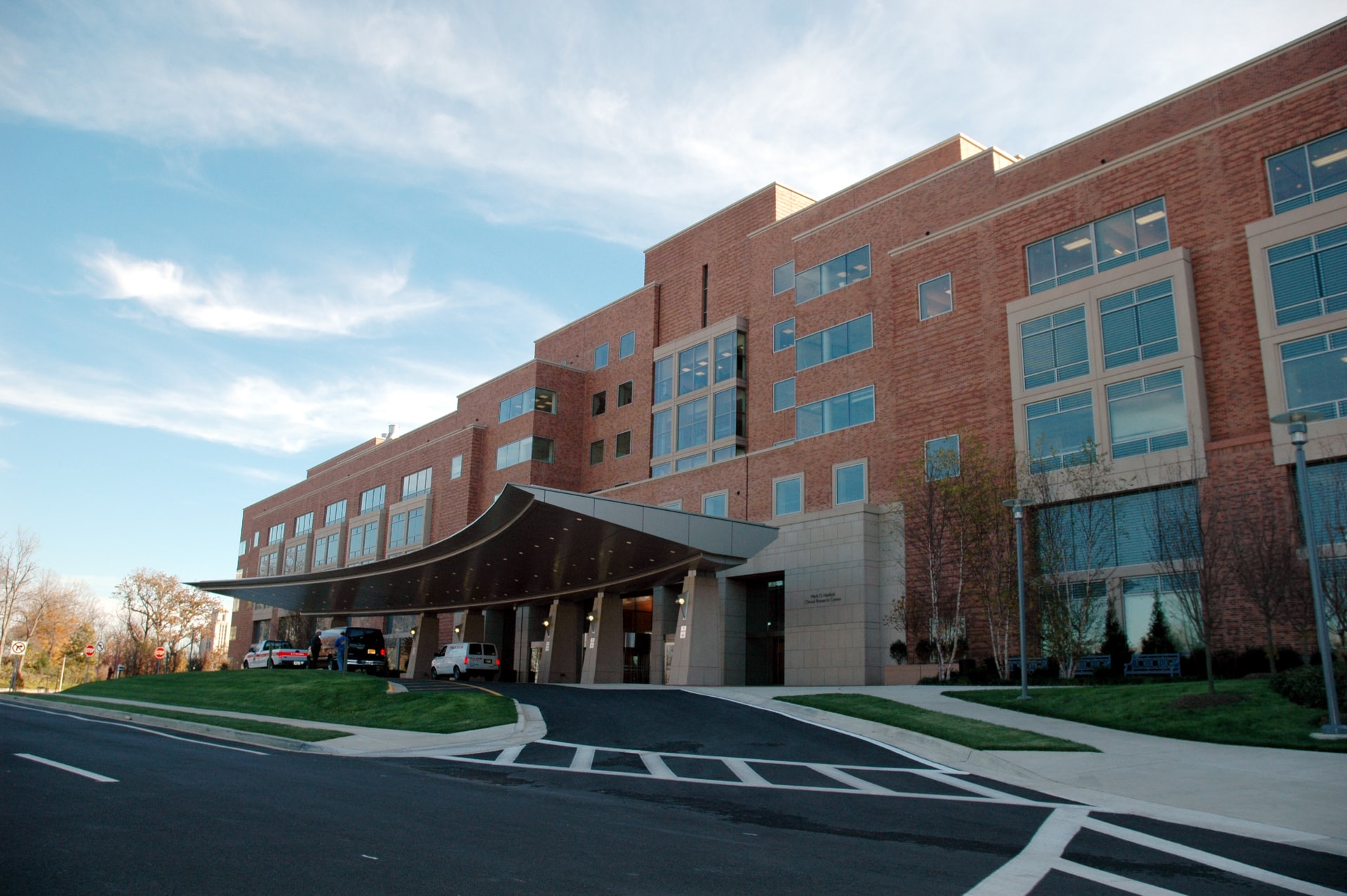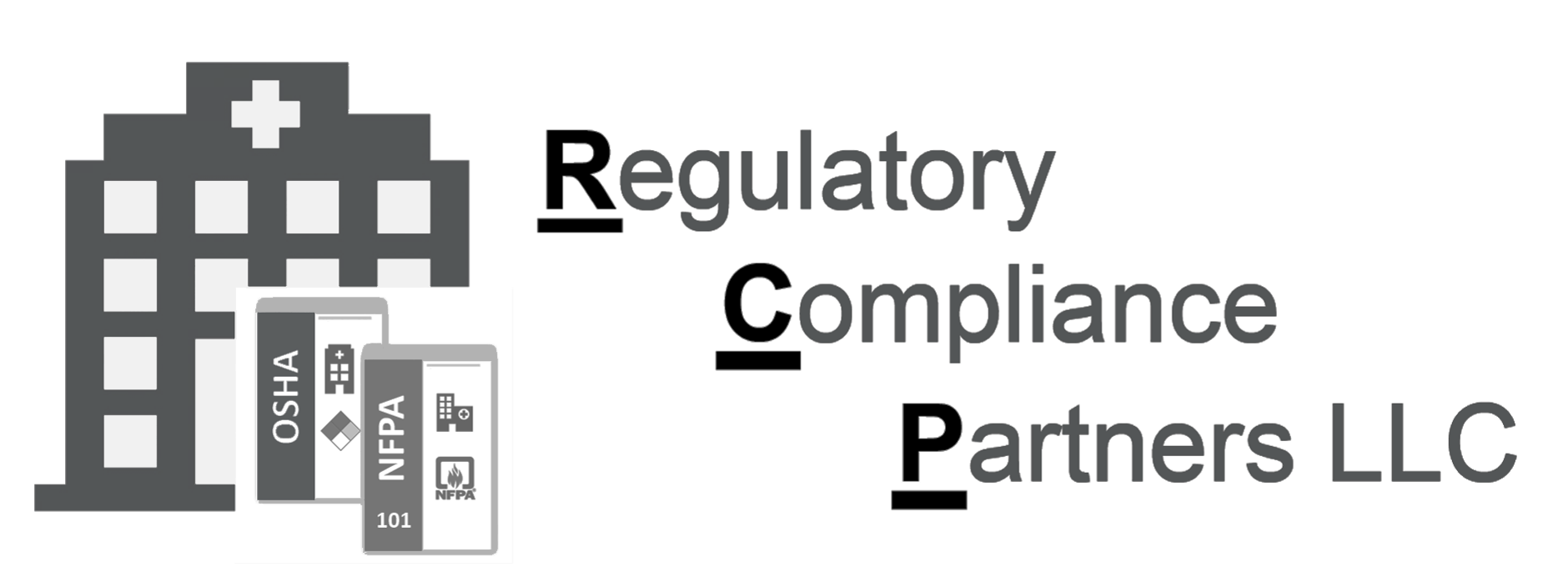
Achieving and maintaining life safety compliance in a healthcare facility can be a very daunting task. Many times, this task falls to the facility manager, who has many other duties, adding workload and responsibility to a position that is already overloaded. Life safety compliance is a constantly changing world due to changes in code requirements, changes in how authorities apply those requirements, and changes in requirements handed down by authorities. Things that were not an issue before can become major problems. In addition, the way that requirements are applied is based on each individual surveyor who steps through the doors of the facility.
Despite these challenges, life safety compliance cannot be ignored. Negative outcomes in compliance can result in poor public relations for a facility or even loss of federal funding. For that reason, compliance can be a stressful responsibility. But facility managers can ease the stress by being proactive and taking steps to make sure their facility stay safe and compliant to industry standards. These steps provide a road map for moving a facility toward compliance — creating a facility that navigates the changes in compliance with minimal effort and is confidently prepared for compliance surveys.
Effort needs to be put into creating the process for each of these steps and then applying them to the conditions within your facility. But, once these steps are in place and working properly, compliance will become much easier: Issues will be found early and remedied quickly, the number of occurrences of deficiencies will be reduced, and changes to requirements will be easily incorporated into the existing programs.
Life safety assessment
A healthcare facility is a constantly changing entity. It changes as the needs of the staff change, as the needs of healthcare delivery change, and as innovations in building technology change. A building that was built in the 1990s is not being used today as it was designed to be used back then. That is why a facility needs a regular life safety assessment. How often the assessment is needed is facility-specific and depends on how much renovation or change of use of space occurs in the facility as well as the size of the facility. A small critical access hospital that has had minimal changes would only need a life safety assessment every three years but a large university hospital that changes almost weekly may need an annual assessment.
The life safety assessment is a top-to-bottom review of the facility and must be completed by someone who is experienced in the Life Safety Code and building code requirements as well as those of the Centers for Medicare & Medicaid Services (CMS) or CMS deemed status authorities. This can be an architect, engineer, or code consultant, but it should be someone outside your organization who can make an unbiased assessment. The assessment must be conducted on site, not be a mere plan review. The person conducting the assessment must understand how each department, each smoke compartment, each floor, and each building of a facility is operating to properly apply the requirements. The assessment will reveal deficiencies. No facility is perfect, and having deficiencies found by the life safety assessment will allow them to be remedied instead of them being found by a surveyor.
From the assessment, life safety plans are created. Most facilities have life safety plans, but when was the last time they were updated? The life safety plans are a graphical representation of code requirements. They are not construction documents or a design and as such are not subject to architectural or engineering licensure (stamp). They document the location of specific compliance aspects on architectural floor plans, such as:
• Fire barriers
• Smoke barriers
• Smoke compartments
• Exits
• Hazardous areas
• Suites
• Extent of suppression
Once the plans are created, they are the baseline for applying compliance activities from that point forward. They are provided to any surveyor who visits your facility. They are also provided to architects who will be designing renovations or additions to your facility. The plans are used to make decisions about future changes, even as small as changing an office to a storage room. Life safety plans are the most important aspect of compliance and must be maintained regularly to ensure compliance.
Above-ceiling permit process
An above-ceiling permit process is the best way to ensure that you know who is above the ceilings in your facility. Many common citations are found above the ceiling, where many people never look. Those citation include:
• Unprotected or incorrectly protected penetrations of fire and smoke barriers.
• Incorrectly constructed fire and smoke barriers.
• Incorrect application of fire and smoke dampers in HVAC systems.
• Items such as wires or utilities touching sprinkler piping.
• Incorrect electrical installations (open junction boxes, wire connections without junction boxes).
• Incorrect protection of construction (missing fireproofing on steel construction, non-compliant construction, or occupancy of building).
If a contractor does a faulty installation in violation to the code, your facility can be open for multiple citations. The above-ceiling process can be set up in many ways, but the underlying concept is that the department overseeing compliance (e.g., facilities, engineering, safety) knows who is above the ceiling, when, where, and for how long. This allows for a process to check after anyone has been in the ceiling to make sure that deficiencies were not left behind.
The permit process may involve providing a piece of paper or armband for anyone working above the ceiling. This is a process that staff can be included in. This will also help change the culture within your facility. Offer a small gift card or prize for anyone who finds a contractor above the ceiling without a permit. Facilities that institute an above-ceiling permit process and stick with it can expect a sizable reduction in citations related to activities above the ceiling.
